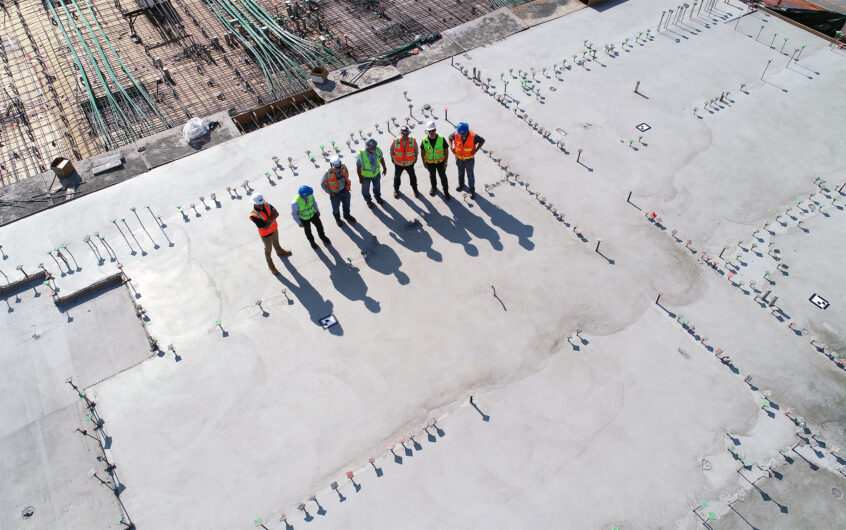In this episode of Capital Rivers Connect: California Edition, CEO Greg Aguirre sits down with Executive Vice President Matthew Tate for a candid discussion on why Capital Rivers Connect works for both cities and developers. With their combined experience in retail recruitment and commercial real estate development, Greg and Matthew shed light on the nuanced dynamics between the public and private sectors and offer a blueprint for creating more collaborative, impactful community development strategies that align with a modern city development strategy.
Building a Smarter City Development Strategy
One of the central themes in this episode is the persistent gap in understanding between municipalities and developers. Greg and Matthew explore how this disconnect often stems from mismatched priorities, timelines, and communication styles. Cities may prioritize community aesthetics and long-term public benefit, while developers must focus on financial viability and speed to market. The conversation emphasizes that successful projects often come down to mutual understanding, transparency, and a shared willingness to find common ground—key components of any effective city development strategy.
Rethinking Retail Recruitment
Matthew brings a unique perspective from his years in retail recruitment, highlighting how the industry has evolved beyond the traditional model of attracting national brands to underserved markets. He underscores that modern retail recruitment is no longer about “taking credit” for bringing a retailer to town; rather, it’s about building relationships, planting seeds, and aligning development strategies with economic realities. Greg adds that developers aren’t just looking for a city that wants growth; they’re looking for a city that’s ready for growth.
The Power of Data and Storytelling
Data is essential, but data without context is meaningless. Matthew and Greg stress the importance of telling a compelling story that connects the numbers to the real-world value of a project. Whether it’s explaining foot traffic patterns or showing the economic impact of a new grocer, the ability to interpret and communicate data effectively can make or break a development opportunity. Cities that can tell their story well are more likely to attract interest from serious developers.
Spec Development and Economic Viability
The episode also touches on the current economic climate and its impact on speculative (spec) development. With rising construction costs, interest rates, and land prices, developers are more risk-averse than ever. Pre-leased projects are favored, and even strong markets are seeing fewer spec builds. Greg notes that unless key variables like financing costs or land prices shift, spec development will remain limited, especially in high-cost states like California.
Creative Incentives and Long-Term Partnerships
Cities have more tools at their disposal than they often realize. From fee deferrals to skip bond financing, Greg and Matthew discuss innovative ways cities can help make projects pencil out. They emphasize that incentives should be viewed as a partnership investment, not a handout. Moreover, Matthew advises cities to clarify their development goals early on and educate their councils about what types of projects best serve those goals—whether that means job creation, tax revenue, or improved quality of life.
Listen to the full episode of Capital Rivers Connect to learn more about the intersection of development strategy, public-private partnerships, and the future of retail recruitment.
For partnership opportunities, visit Capital Rivers Connect and follow us on LinkedIn for updates.

